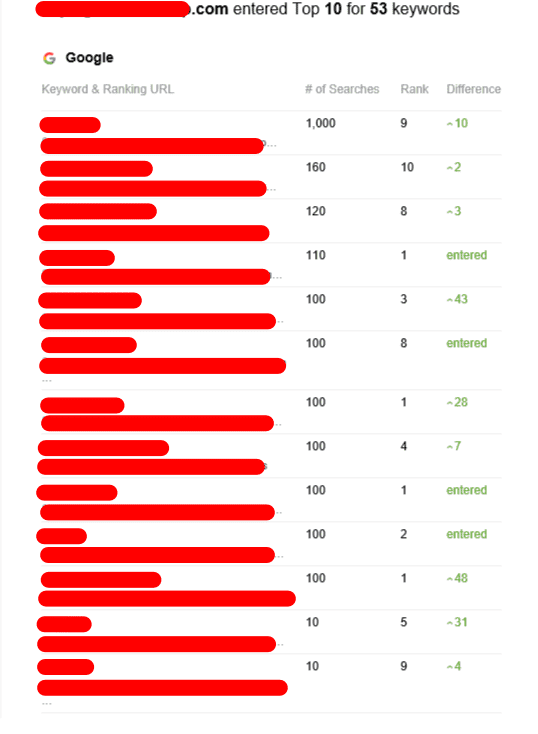5 Must-Know-Practices Of Tier 2 Backlink For 2023

Backlink Tier - The Hierarchy of Backlinks That Scale Your SEO Campaign
Backlink tier is the hierarchy of backlinks that you build to boost your SEO campaign. Each level provides a layer of protection against Google hounding you with penalties.
In order to get it right you'll have to put in time and effort. time. Google takes weeks to discover and assess new backlinks.
First-Tier Links
The first link that lead to your particular piece of content should be of high-quality dofollow backlinks from trusted websites. These are referred to as Tier 1 backlinks and act as the foundation of your link building strategy. They vouch for your web page, giving it the domain authority needed to rank well on search results pages. For example, if your blog article is published on HubSpot and has an tier one link to SearchEngineLand's collection of Link Building Statistics, then SearchEngineLand's rankings on the web would receive a boost from the link equity that is passed on by HubSpot.
The second tier could be more varied and include low-quality backlinks such as spammy forums or low-value bookmark sites and directories. The primary objective of Tier 2 is to create content of high-quality that links back to your first-tier links. This is because content that is of high quality will enhance the article it is placed within, and not make it appear as a separate item for SEO purposes.
To create an effective tiered campaign, you'll require investment in high-quality content and tools like RankerX or GSA. The time and effort spent in manually running a tiered program can be well worth it if you want to see the increased rankings of a well built backlink pyramid.
Second-Tier Links
Tiered link building is designed to enable users to navigate through other pages and then reach your website. In order to achieve this it is essential to select second-tier backlink sources that are relevant to your website and industry. Unlike account profiles, guest blog posts perform well for this purpose because they provide useful content that users would like to consume.
You should be cautious about using link on forums that are tier-2 or other sites of low quality. Instead, you should use high-quality pages like industry news or guest articles. These links will look more natural and will have a greater impact on your ranking in search engines. Additionally they are more likely to be considered by Google as having passed link equity, which could boost their rankings in SERPs.
If you are looking to improve your SEO rankings Be aware that obtaining these high-quality hyperlinks manually isn't easy. It can take months to pitch guest blog posts to first-tier publications, and even longer to wait for them to be published. Additionally, it could take weeks to see results of your efforts in getting new traffic and online conversions.
Many SEOs use automated tools to build second-tier backlinks. This could be in violation of Google's Webmaster Guidelines and lead to an enactment of penalization.

Third-Tier Links
This category has a large number of links, some that are borderline spammy. They are shared on social media platforms and on user-generated content sites like Quora. They are used to index tier two links however they do not pass link equity onto the promoted resource. These are usually nofollow links. At this stage, marketers are more interested in quantity rather than quality. They make use of tools to post an numerous links on forums, in comment sections of blog articles and posts directories, and other similar locations. In this scenario tiered link -building is a gray area and infringes Google's webmaster guidelines.
Link-building campaigns, which are classified as require a lot of time and energy to be successful. It can take days or even months for Google to index a single backlink, and after that it may take months or even weeks to notice a significant SEO impact. Marketers should be patient and implement a well-planned content strategy.
In addition marketers should be cautious about using numerous automation tools for this level of linking. These tools could violate rules for optimizing search engines and result in penalties. It is better to manually select and publish hyperlinks on relevant donor websites instead of using automated services such as GSA or RankerX. This will stop the search engine from penalizing your promotion with low-quality links.
Fourth-Tier Links
Tiered link building is still a popular method for improving website rankings. Since Google has been making major efforts to eradicate "black-hat" SEO techniques, tiered link building methods have been slowed down.
This is because they're considered to be a gray area in the SEO world, and can be penalized if used artificially. Tiered links are backlinks that are built on various levels of the link pyramid. These backlinks are primarily utilized to increase a website's position in search results. This means that the promoted page will be more prominent than its competitors and draw more organic traffic.
This tier has a lower quality of backlinks, and are typically nofollow. This tier could also include low-quality directories, article networks and social media profiles. These links can be built naturally or using strategic automation solutions. However they should be distinct in terms of niches, domains and relevance.
These backlinks, besides being poor-quality and non-follow could also create problems when they're not diversified enough. This is because Google has a very advanced group of hound dogs who are always looking for patterns in backlink profiles and methods. If they find them, it can lead to a penalty not only for the link-building team, but also for its clients.
